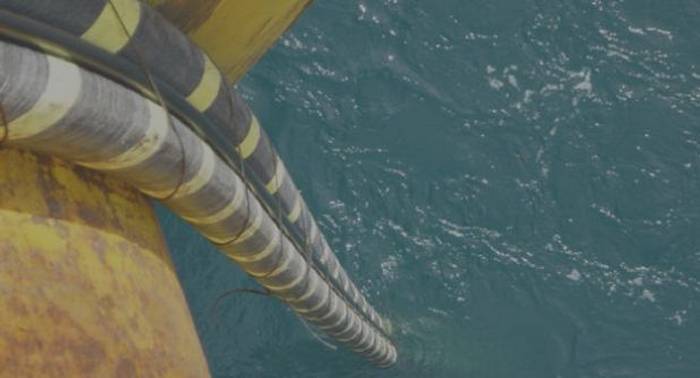
Image: Basslink
There wasn’t a lot of peace and goodwill between Hydro Tasmania and Basslink Pty Ltd last week, with the pair clashing over the 2015/16 Basslink outage.
Basslink is a 400kV DC electricity interconnector that enables electricity trading between Tasmania and the National Electricity Market. On December 21, 2015, the interconnector failed, putting Tasmania’s energy security at risk. The system wasn’t restored until June 13, 2016.
A Hydro Tasmania commissioned investigation into the incident was launched and recently completed. Last Wednesday, Hydro Tasmania stated two “global experts” from DNV GL determined the probable cause of the Basslink cable failure in December 2015 was due to Basslink Pty Ltd (BPL) exceeding its design limit.
“BPL believed its cable could safely and reliably operate at 630MW for extended periods without overheating the copper and insulation and causing an unreasonable likelihood of failure,” said Hydro Tasmania CEO, Steve Davy. “Unfortunately, they were wrong.”
Basslink is designed to be operated at the continuous rating of 500 MW (import/export) or at 630 MW (export) for limited periods.
BPL reacted strongly to Hydro Tasmania’s statement. Last Friday it issued its own, stating the mystery surrounding the failure had not been solved.
BPL Chief Executive Malcolm Eccles said no actual testing was performed on the HVDC cable.
“They used a theoretical model based on certain assumptions to come to a set of conclusions. These assumptions make the experts’ conclusions speculative and not based on actual facts,” he said.
Mr. Eccles says Basslink and its cable system manufacturers, Siemens and Prysmian, were not consulted during the drafting of Hydro Tasmania’s report; making it “one-sided”.
A previous investigation that Basslink says was independent arrived at a conclusion of “cause unknown”, and BPL maintains the incident was a force majeure event. BPL says it will operate the interconnector at the continuous rating of 500 MW as an interim measure, a move Hydro Tasmania and the State Government welcomed.
“As was confirmed earlier this week, there is no change to the import capacity of the cable and therefore no impact on Tasmania’s energy security,” stated Tasmania’s Minister for Energy, Guy Barnett.
Hydro Tasmania says it intends releasing the DNV GL reports for public review once confidential and commercially sensitive has been redacted.
The Basslink incident triggered a major government review of energy security in Tasmania, part of which looked at the potential for a second interconnector that would also play an important role in Tasmania’s “battery of the nation” aspirations. This would see increasing amounts of hydro and wind power generated electricity exported to the mainland and major pumped hydro storage facilities developed on the Apple Isle.
The Energy Security Taskforce also recommended large-scale solar power for Tasmania should not be overlooked.
Regarding a second Basslink, the Australian Renewable Energy Agency (ARENA) and TasNetworks announced in late November plans to collaborate on developing a more detailed feasibility and business case assessment for a second interconnector.
Trivia: The 290 kilometre undersea cable component of Basslink is the second longest of its type in the world. At the time of its construction (2003-2005), it was the longest.

 RSS - Posts
RSS - Posts



Excellent background article to this incident: Tasmania’s Energy Scandal
https://themarcusreview.com/2016/03/16/tasmanias-energy-scandal/
Those Tassies have every type of renewable going. Very jealous.